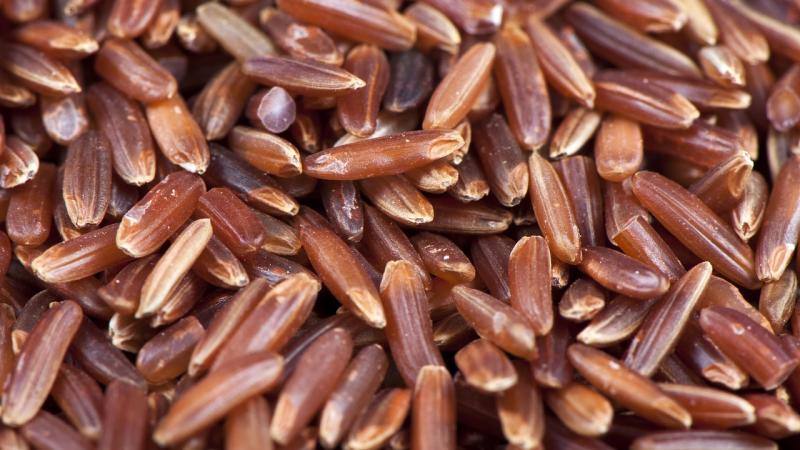
In a recent study published in the journal Scientific Reports, researchers from the Jawaharlal Nehru University, India, and Louisiana State University, USA, have analysed the differences in the genome of a variety of weedy rice, with that of two cultivated rice varieties. Weedy rice, as the name suggests, is a variety of rice that grows like weed in paddy fields. Also called ‘red rice’, they produce far fewer grains than their cultivated counterparts, compete with them and pose a significant threat to rice production across the world.
Although it is believed that weedy rice evolved from cultivated rice and wild rice, so far there was limited knowledge of the variations in their genome, which have differentiated them from their cultivated counterparts. In this study, the researchers have compared the genetic differences between the weedy rice accession ‘PSRR-1’ and two cultivated rice accessions, ‘Bengal’ and ‘Nona Bokra’, belonging to rice subspecies japonica and indica, respectively.
“Analysing the genome level DNA polymorphisms between the weedy and cultivated rice is crucial to elucidate the molecular basis of weedy and agronomic traits, which in turn can enhance our ability to control weedy rice and its utilization for rice improvement,” say the researchers about the importance of this study.
The researchers identified 11546 genetic variations affecting 5673 genes in the weedy rice variety that differed from the cultivated rice varieties. They also found that a high degree of similarity in the genetic variations present in the genomes of the weedy rice with the indica cultivar, indicating that weedy rice might have originated from indica. “Despite its morphological similarity with cultivated rice, differences between weedy and cultivated rice at the whole genome level shed some light on the genome organization in weedy rice compared to the cultivated rice”, say the researchers, commenting in the findings.
The researchers also studied the genes responsible for essential characteristics like seed shattering or the dispersal of seeds after ripening, and seed dormancy—the inability of viable seeds to germinate under favourable conditions. They identified some candidate genes responsible for these characteristics.
But not everything about weedy rice varieties is bad. They are considered a valuable genetic resource for crop improvement as they possess the characteristics like rapid growth, early flowering, disease resistance and tolerance to stresses. “The genomic resources generated in this study will accelerate both molecular genetics and molecular breeding investigations in rice”, comment the researchers about the significance of their findings.






